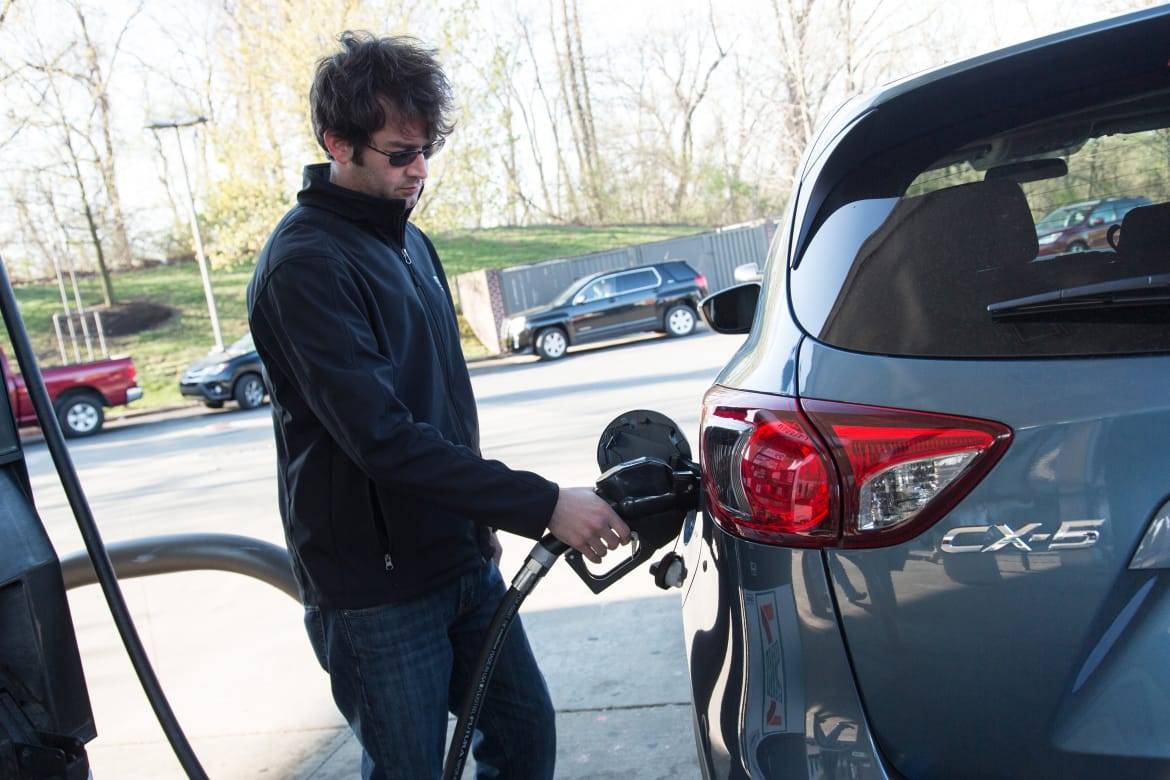Global Strife Threatens Gas Prices' Continued Decline


Gas prices continued to inch downward in most parts of the country the past week, but whether that trend continues remains up in the air because of growing uncertainty over political events that could affect global oil prices. Questions about whether Iran, a major oil supplier, would agree to restrictions on its nuclear program and whether European leaders could resolve the economic turmoil in Greece were roiling the oil market. U.S. oil prices were rebounding Thursday after dropping to a three-month low of less than $52 earlier in the week.
Related: Research Fuel-Efficient Cars
Though the supply of oil in the U.S. and globally remains abundant, which should keep a lid on the price of oil and gasoline, July and August are when demand for gas peaks in the U.S., putting upward pressure on pump prices. In addition, unexpected weather and refinery issues could restrict the supply during this period of high demand.
Regional supply issues also could cause price spikes in parts of the country. Prices in California have declined eight weeks in a row for a total of 36 cents after refinery issues were resolved there, but GasBuddy.com reported this week that California faces a “perfect storm” for another price jolt. Senior petroleum analyst Patrick DeHaan said gasoline inventories fell dramatically at the same time that imports into the region dropped to nothing, sparking higher wholesale gasoline prices.
“By next week GasBuddy anticipates prices in Southern California will be 15 to 30 cents per gallon higher or more than today, and in Northern California by 10 to 20 cents per gallon. Motorists are advised that filling up unnecessarily may further strain gasoline supply and exacerbate the situation,” DeHaan wrote in his blog.
The national average for regular gas fell by a penny the past week to $2.76 a gallon, according to the AAA Daily Fuel Gauge Report, 88 cents less than it was a year ago. Diesel fuel also dropped by a penny a gallon to $2.83 – $1.06 less than on July 9, 2014.
Though pump prices could dip in the weeks ahead depending on the outcome of global events and oil prices, they probably won’t fall as much as they did a year ago. AAA said prices dropped on all but one day last July for a total of 16 cents, and continued to decline through the fall and into winter, nearly reaching a national average of $2 a gallon for regular gas in late-January.
As pump prices remain stable in most parts of the U.S., South Carolina continued to have the lowest average statewide price at $2.43 a gallon. Three other states averaged less than $2.50: Mississippi, $2.47; Alabama, $2.48; and Arkansas, $2.49. The averages fell by a penny in each of those states the past week.
Alaska remained the most expensive state for gas, with a gallon of regular averaging $3.47, followed by California, $3.43; Hawaii, $3.35; and Nevada, $3.20. Idaho, Oregon and Washington also averaged more than $3.

Contributor Rick Popely has covered the auto industry for decades and hosts a weekly online radio show on TalkZone.com.
Featured stories



2025 Lincoln Navigator Review: Elephantine Elegance

